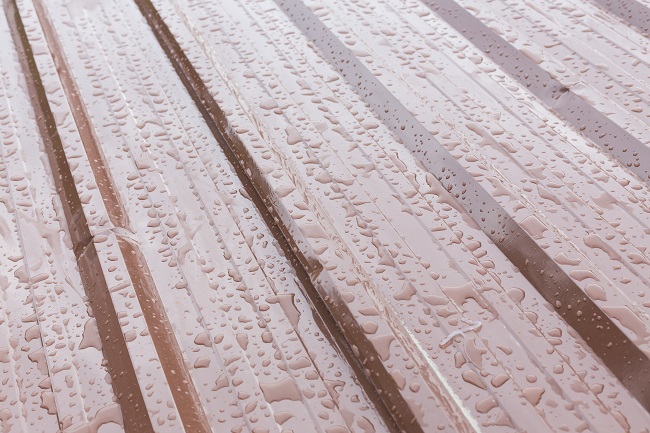Roofing is designed to protect your home against all forms of weather. However, intense storms can cause damage. Not all of that damage is immediately apparent, and may not cause problems for months later. If there is any question or concern, it is important to get your roof evaluated by a professional.

The Texas Department of Insurance states, “Texas experiences two of the most severe weather conditions a roofing system can face: high winds and hail.” The common damage from high winds is missing or lifted shingles. Hail most often causes the accelerated deterioration of shingle granules. Nonetheless, inspect your roof after any major weather event.
The Federal Emergency Management Agency (FEMA) states that high winds and hail can also create hidden roof damage. “Toxic carbon monoxide, or CO, an odorless, colorless gas, may be trapped in a home by damaged venting systems, endangering the people and animals that live there.” In the United States, over 400 people a year die from carbon monoxide poisoning, and thousands more are hospitalized because of carbon monoxide illnesses.
After any storm, look for obvious signs of distress. You may find wet spots on the ceiling, cracking paint, or wet insulation. This water damage is a sign of a serious leak. Missing, damaged, or curled shingles from wind damage are easy to spot, but small leaks are more difficult. Sometimes the damage is seen from the ground but may require someone going on the roof. If the shingles look fine, dented gutters and roof vents may signal hidden damage.
If you would like to talk more about Texas storms and roofing damage, or need more information, please contact us.
